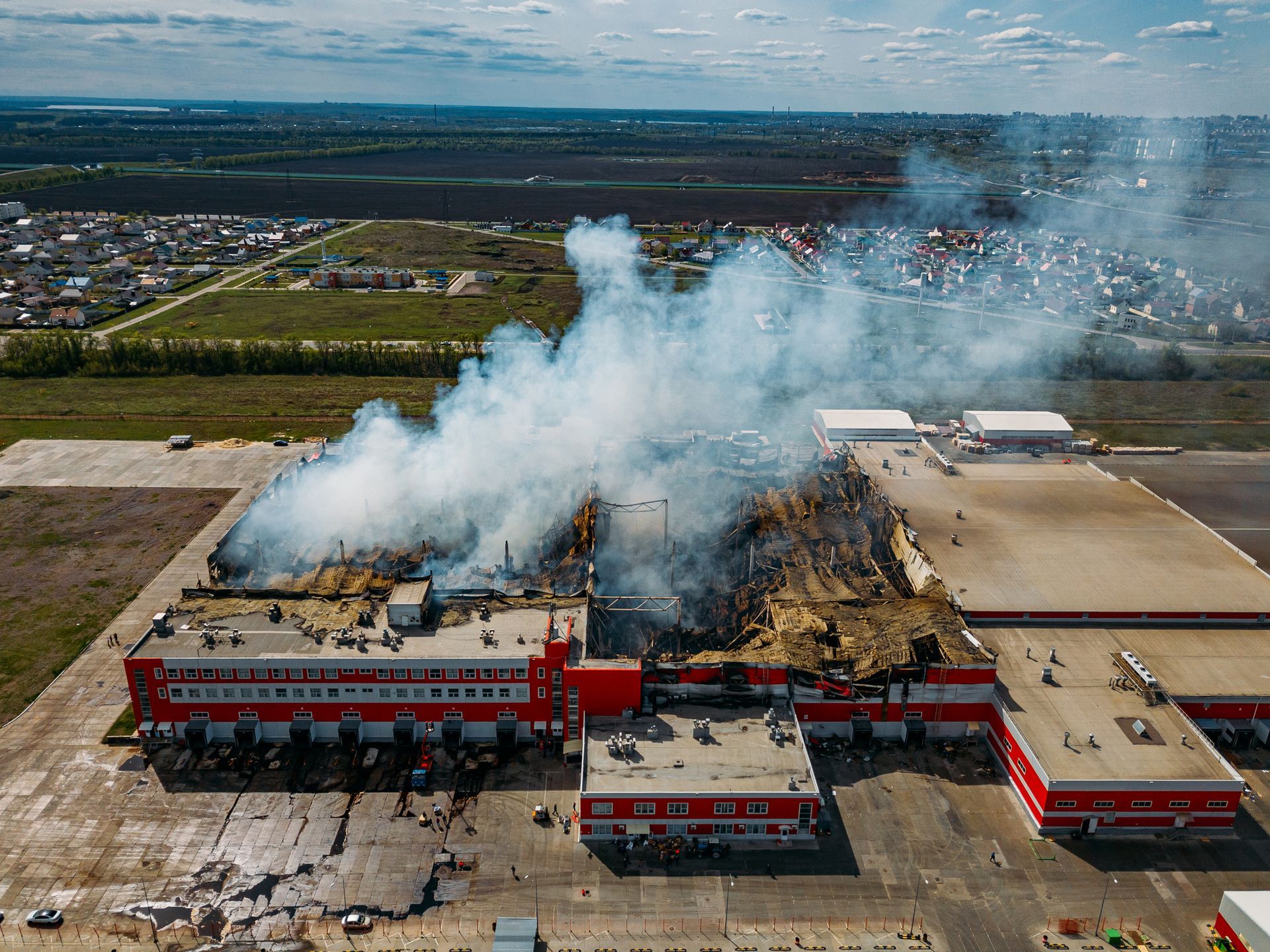National Fire Prevention Week 2023: Ignite Safety, Extinguish Risk!

Hello, safety enthusiasts!
As we mark National Fire Prevention Week from October 8-14, 2023, the risks associated with fires remain a pressing concern. In both domestic and industrial settings, fire hazards can lead to devastating consequences. It's not just about protecting assets and infrastructure—it’s about saving lives.
At SEA, we understand the gravity of these risks and are committed to ensuring that your premises are as safe as they can be. Here’s how we can partner with you this Fire Prevention Week (and beyond!):
1. Thorough Inspections:
Regular fire safety inspections are critical in identifying potential risks. Our team is trained to spot even the most hidden hazards, ensuring that your environment adheres to the highest safety standards. Through these inspections, you can proactively address vulnerabilities and ensure that your workplace is safe and compliant.
2. Combustible Dust Studies (Dust Hazard Analysis):
The dangers of combustible dust are often underestimated. Such dust can pose severe explosion risks in various industries, from woodworking to grain handling. Our Dust Hazard Analysis will assess your facility’s risk, provide actionable recommendations, and can even undertake explosibility testing. With this comprehensive approach, we not only identify the risks but help you understand them better.
3. Portable Fire Extinguisher Training:
A fire extinguisher can be a lifesaver—*if* it’s used correctly. The majority of individuals, unfortunately, aren’t fully equipped with the knowledge of how to use them efficiently. SEA’s training sessions ensure that your team is prepared. We offer hands-on training, so in the face of a fire, your staff is ready to act swiftly and safely.
4. Fire Prevention Programs:
Prevention is always better than cure, especially when it comes to fires. Our custom-tailored Fire Prevention Programs address the unique needs of your environment. Whether it's adhering to regulations, training employees, or implementing best practices, we guide you every step of the way.
5. Emergency Action Planning:
When disaster strikes, a well-structured Emergency Action Plan (EAP) can be the difference between chaos and a coordinated response. SEA helps you craft a robust EAP, ensuring quick evacuations, establishing safe assembly points, and facilitating rapid emergency services coordination.
---
In observing National Fire Prevention Week, we’re not just spreading awareness—we’re offering tangible solutions. SEA is proud to be your ally in fire prevention and safety. Let’s work together to make your environment safer, one step at a time.
For inquiries, consultations, or to book our services, don't hesitate to contact us.
Stay safe, stay vigilant! Derek Jennings, President SEA



